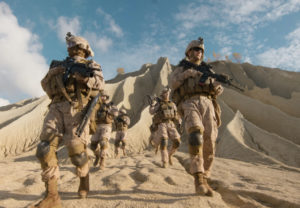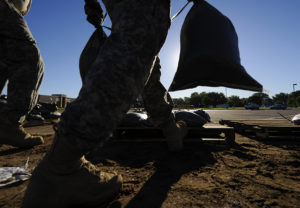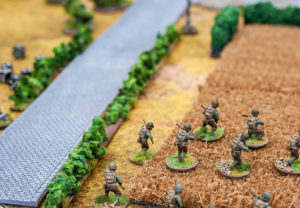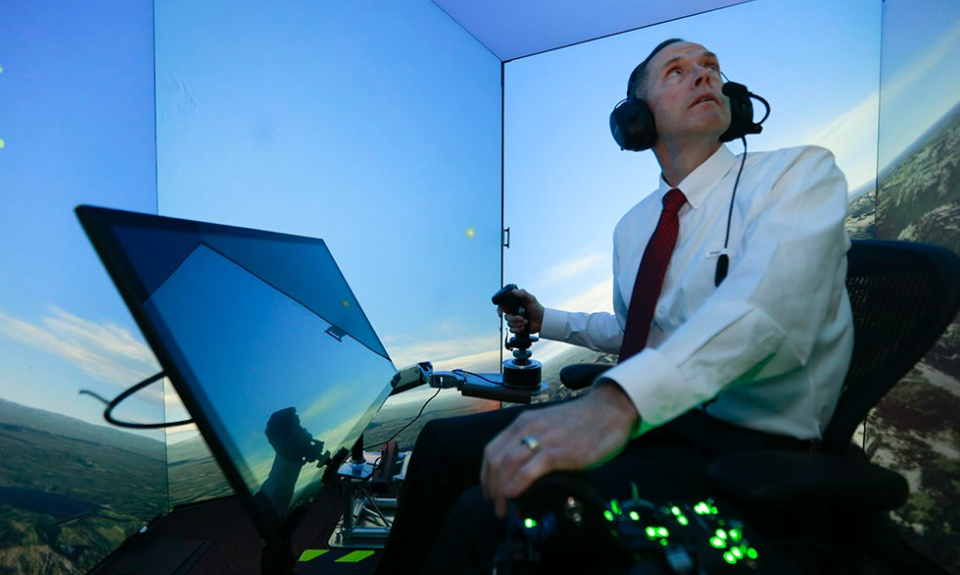Does this mean the F-35 is — already — outdated?
Because get this …
An “A.I.”, short for “Artificial Intelligence”, just bested an ace United States Air Force fighter pilot in a series of flight combat simulations, expertly eluded his pursuit and shooting him down every … single … time.
The master human fighter aviator was USAF Colonel Gene “Geno” Lee, who said (we’re paraphrasing) he’d never seen anything like it. Human or nonhuman.
This from Popular Science:
And “Geno” is no slouch. He’s a former Air Force Battle Manager and adversary tactics instructor. He’s controlled or flown in thousands of air-to-air intercepts as mission commander or pilot. In short, the guy knows what he’s doing. Plus he’s been fighting A.I. opponents in flight simulators for decades.
But he says this one is different. “I was surprised at how aware and reactive it was. It seemed to be aware of my intentions and reacting instantly to my changes in flight and my missile deployment. It knew how to defeat the shot I was taking. It moved instantly between defensive and offensive actions as needed.”
The A.I., dubbed ALPHA, was developed by Psibernetix, a company founded by University of Cincinnati doctoral graduate Nick Ernest, in collaboration with the Air Force Research Laboratory. According to the developers, ALPHA was specifically designed for research purposes in simulated air-combat missions.
The secret to ALPHA’s superhuman flying skills is a decision-making system called a genetic fuzzy tree, a subtype of fuzzy logic algorithms. The system approaches complex problems much like a human would, says Ernest, breaking the larger task into smaller subtasks, which include high-level tactics, firing, evasion, and defensiveness. By considering only the most relevant variables, it can make complex decisions with extreme speed. As a result, the A.I. can calculate the best maneuvers in a complex, dynamic environment, over 250 times faster than its human opponent can blink.
Again, which puts the following photograph into a puzzling and strange perspective (it was snapped recently):
With the amount of dough in the jet’s budget, it’s safe to assume that a retrofit of the aircraft to have it controlled remotely sans human pilot won’t bust through its deep, titanium alloy-lined pockets. Still, it’s mind-blowing and almost scary how technology is, already, on the verge of usurping a project that’s estimated to cost well over a trillion dollars when it’s all said and done … in 2037 (it’s the year all deliveries are to fulfilled by Lockheed Martin, its manufacturer).





































